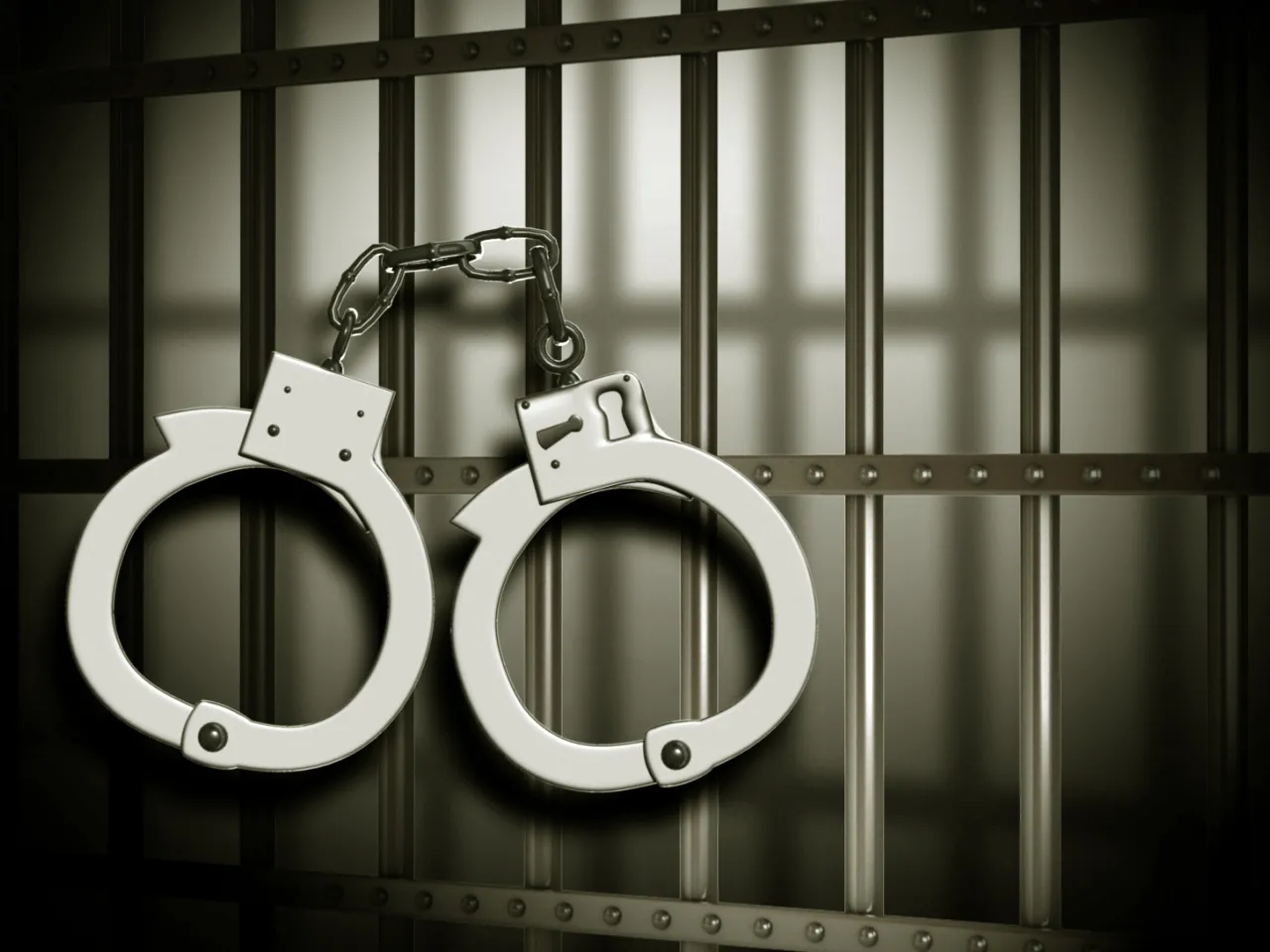Kashmir has weathered decades of bloodshed and insurgency, but the recent exposure of a white-collar terror module—spanning Kashmir, Haryana, Uttar Pradesh and beyond has shaken its core. Among those arrested are doctors and professionals once seen as symbols of success. Their alleged ties to Jaish-e-Mohammed and Ansar Ghazwat-ul-Hind have stunned the Valley and fractured public trust.
The seizure of nearly 3,000 kg of explosives, suspected encrypted communications and a possible link to a suicide bombing in Delhi have intensified the alarm. While the investigation continues, one truth remains: these are still allegations. But if proven true, Kashmir won’t just face a security crisis rather will confront a collapse of identity, ethics and societal faith.
This isn’t the usual face of terror. Not the angry, unemployed youth with nothing to lose. These are educated professionals, people with careers, families, futures. If proven true, it means terror hasn’t just touched the fringes of society; it’s infected its core. The Valley’s most trusted minds, ideologically compromised. And that’s a blow far more devastating than any bomb.
For investigative agencies—Jammu & Kashmir Police, NIA, CIK; the challenge will be monumental. How do you detect radicalization behind a stethoscope or a lecture podium? How do you monitor ideological drift in spaces that are supposed to be sanctuaries of healing and learning? The tools of counterterrorism, surveillance, profiling, and intelligence gathering are not designed to catch those who wear white coats and speak the language of science. If proven true, the entire security framework must be rethought. The threat isn’t just physical anymore—it’s ideological, institutional and deeply psychological.
But beyond the operational lies the emotional. What happens to the families of these accused professionals? Parents who once beamed with pride at their children’s degrees will now be haunted by nightmares of betrayal. Communities that once celebrated their success will now whisper in shame and disbelief.
And then there is the question no one wants to ask aloud: who radicalized them? Who planted the seed of extremism in minds trained to heal, to teach, to build? Was it a slow ideological drift, nurtured in silence and secrecy? Was it online propaganda, peer influence, or something more insidious, an emotional vacuum filled by a false sense of purpose? These are not just questions for investigators. They are questions for society, for institutions, for families. Because if we don’t understand the ‘how,’ we will never be able to stop the ‘who.’
If proven true, this case will not just be about explosives and encrypted chats. It will be about the collapse of trust. It will be about the terrifying realization that even the most accomplished among us are not immune to the lure of violence. And it will force us to ask: what kind of ideological ecosystem allows such betrayal to take root?
This is not just a moment for law enforcement. It is a moment for introspection. For vigilance. For reclaiming the sanctity of our institutions. Because if terror has truly found a home in the minds of our most educated, then the Valley’s fight is no longer just against violence. It is against ideological decay. And that fight must begin now.


